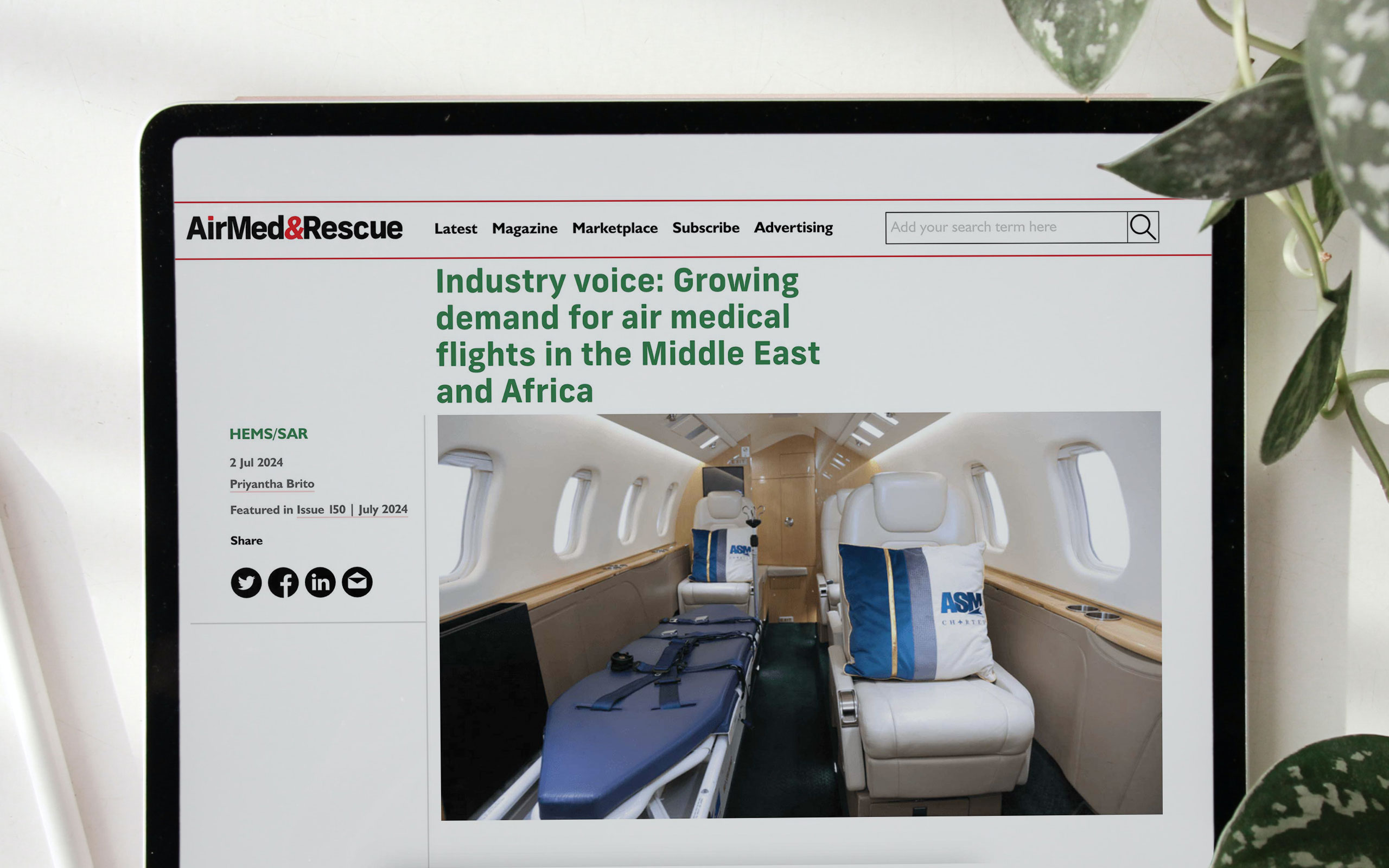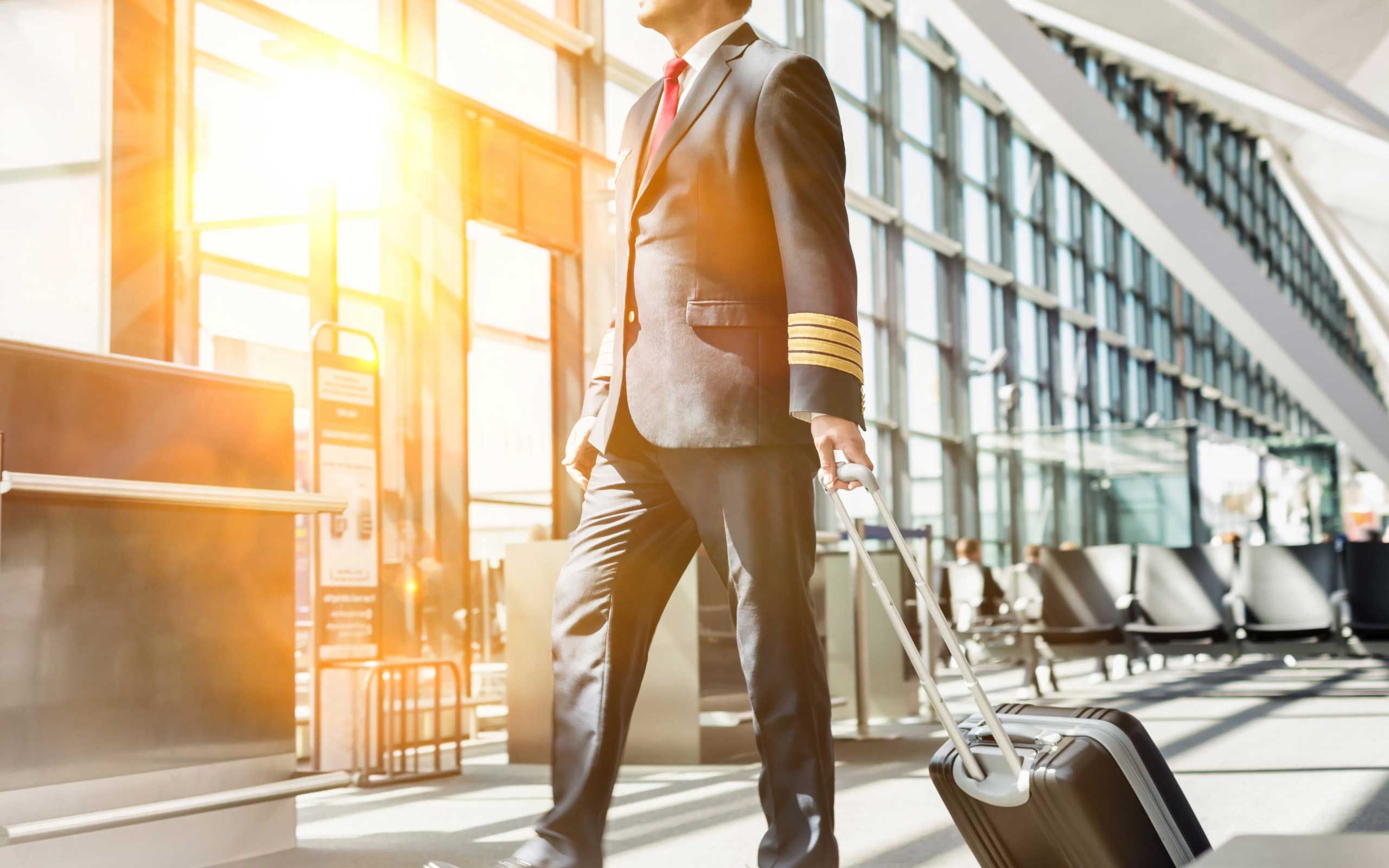Aviation fuel (Aircraft Fuel) powers aircraft engines and enables efficient air travel. It’s a specialised petroleum-based fuel designed to meet the strict requirements of aviation. Unlike petrol for cars, aviation fuel must perform reliably at high altitudes and extreme temperatures.
Table of Contents
The most common types of aviation fuel (Jet Fuel) are Jet A and Jet A-1, used in commercial aircraft with gas turbine engines. These fuels are carefully refined to ensure consistent quality and performance. Some smaller planes use avgas, a high-octane fuel for piston engines.
The aviation industry is working to reduce its carbon footprint through the development of sustainable aviation fuel (SAF). SAF is made from renewable sources like plant oils and waste fats. It can be mixed with regular jet fuel to reduce emissions. This does not need big changes to current planes or systems.
Fundamentals of Aircraft Fuel
Aviation fuel powers aircraft engines and comes in different types optimised for performance and safety. The chemical makeup and energy content of these fuels are crucial for efficient and reliable flight operations.
Chemical Composition and Types
Aviation fuels are complex mixtures of hydrocarbons. The two main types are jet fuel and aviation gasoline (avgas). Jet fuel is primarily used in turbine engines and consists mostly of kerosene. Jet A-1 is the standard jet fuel worldwide, while Jet A is common in the US. Both have similar properties but different freeze points. Avgas powers piston engines in smaller aircraft. It contains special additives to boost octane rating and prevent engine knock.
Jet fuels typically contain 10-14 carbon atoms per molecule. Avgas has a narrower range of 5-10 carbon atoms. The exact composition varies based on the crude oil source and refining process. Additives improve fuel stability, reduce icing, and protect against corrosion.
Energy Density and Efficiency
Energy density is vital for aviation fuels. It measures how much energy is packed into a given volume or mass of fuel. Jet fuel has a high energy density of about 43 MJ/kg. This allows aircraft to carry more energy in less space, increasing range and payload capacity.
The energy efficiency of aviation fuels is tied to their combustion properties. Complete burning produces more thrust per unit of fuel. Jet engines are highly efficient, converting about 40% of fuel energy into useful work. Piston engines using avgas are less efficient at around 30%.
Octane rating is crucial for avgas. Higher octane fuels resist knocking and allow higher compression ratios. This improves engine power and efficiency. Most avgas has an octane rating of 100 or higher.

Historical Development and Varieties of Jet Fuel
Jet fuel has evolved significantly since the early days of aviation. Different types emerged to meet the needs of various aircraft and operating conditions.
Evolution of Aircraft Fuel
In the 1930s, as jet engines came into use, the need for specialised fuel grew. Early piston engines used simple petrol, but jet engines required more advanced fuels. The US military led the way in developing new aviation fuels. In 1944, they created JP-1, the first fuel made for gas turbine engines.
Over time, fuel makers improved jet fuel to boost performance and safety. They made it more stable and less likely to freeze at high altitudes. New blends also reduced the risk of fire and helped engines last longer.
Differentiation of Avgas and Turbine Fuels
Avgas and jet fuel serve different purposes in aviation. It is for piston-engined planes, while jet fuel is for turbine engines.
Avgas comes in various grades, like 100LL, which is common in small planes. It has lead to prevent engine knocking. Jet fuel, on the other hand, is lead-free and burns more cleanly.
Jet engines need fuel that can withstand high pressures and temperatures. Turbine fuels also have special additives to stop ice from forming in the fuel system.
Jet Fuel Naming Conventions
Jet fuels have specific names based on their properties and uses. Both Jet A and Jet A-1 are the most common types in commercial flying. While Jet A is used mainly in the USA, Jet A-1 is more common elsewhere.
Other types include:
- Jet B: A blend that works well in cold climates
- JP-8: A military version of Jet A-1 with special additives
- JP-5: Used on aircraft carriers due to its high flash point
- TS-1: A Russian grade similar to Jet A-1
Each type has unique traits that suit different aircraft and flying conditions.
Environmental Impact and Sustainability
Aviation’s carbon footprint is a major concern. The industry is taking steps to reduce emissions through new technologies and sustainable fuels. This shift presents both challenges and opportunities.
Aviation’s Carbon Emissions
The aviation sector contributes about 3.5% to global climate change. Only one-third of this impact comes from CO2 emissions. The rest is from other factors like nitrogen oxides and contrails.
Commercial flights release large amounts of greenhouse gases. These gases trap heat in the atmosphere. This leads to global warming and climate change.
Airlines are working to cut their carbon output. They’re using more fuel-efficient planes. They’re also improving flight routes to save fuel.
Shift Toward Sustainable Aviation Fuels
Sustainable aviation fuels (SAF) are a key part of making flying greener. These fuels can cut carbon emissions by up to 50% compared to normal jet fuel.
SAF is made from things like:
- Used cooking oil
- Plant oils
- Agricultural waste
- Forestry residues
The use of SAF is growing. More airports and airlines are starting to use it. The UK government wants 10% of aviation fuel to be sustainable by 2030.
SAF helps reduce the industry’s reliance on fossil fuels. It also supports rural development and energy security.
Challenges and Opportunities
Making aviation sustainable isn’t easy. There are several hurdles:
- High costs of producing SAF
- Limited supply of raw materials
- Need for new infrastructure
But there are also chances for growth:
- New jobs in SAF production
- Improved air quality near airports
- Less dependence on oil imports
The aviation industry aims to reach net-zero emissions by 2050. This goal is driving innovation in fuel technology and aircraft design.
Governments are supporting this shift. They’re offering incentives for SAF use and funding research into new technologies.
Innovations in Alternative Fuel Sources
The aviation industry is exploring new fuel options to reduce emissions and improve sustainability. These innovations focus on renewable sources and novel technologies.
Biofuels and Synthetic Fuels
Biofuels are made from plants or waste materials. They can be blended with regular jet fuel or used on their own. Some common sources are:
- Used cooking oil
- Agricultural waste
- Algae
Synthetic fuels are created through chemical processes. They mimic traditional jet fuel but with lower emissions. Methods include:
- Fischer-Tropsch process
- Power-to-liquid technology
Both biofuels and synthetics are types of sustainable aviation fuel (SAF). They can cut carbon emissions by up to 80% compared to fossil fuels.
Hydrogen and Electric Power Alternatives
Hydrogen is a clean-burning fuel that produces only water vapour. It can power aircraft in two ways:
- Fuel cells that generate electricity
- Direct combustion in modified engines
Electric aircraft use batteries to power electric motors. This tech is advancing quickly for small planes. Challenges remain for larger aircraft due to battery weight and range limits.
Hybrid systems combining electric and traditional engines are also being tested. These offer a stepping stone to fully electric flight.
Advancements in SAF Production
SAF production is growing but still limited. New tech aims to boost output and cut costs. Key areas of progress include:
- Improved feedstock selection
- More efficient conversion processes
- Scaling up production facilities
One promising method is alcohol-to-jet fuel. It turns ethanol into a bio-based jet fuel. Another is using carbon capture to make synthetic fuels from CO2 in the air.
Partnerships between airlines, fuel makers, and governments are speeding up SAF development. The goal is to make these fuels widely available and cost-competitive with traditional jet fuel.
Regulatory Frameworks and Industry Standards
Aviation fuel regulations involve complex systems of rules and standards set by various authorities. These frameworks aim to ensure safety, environmental protection and industry consistency.
Domestic and International Aviation Authorities
The Federal Aviation Administration (FAA) oversees aviation fuel regulations in the United States. It sets strict standards for fuel quality, handling and storage. The International Civil Aviation Organisation (ICAO) creates global standards for aviation fuels. ICAO works with national authorities to harmonise regulations across borders.
Regional bodies like the European Union Aviation Safety Agency also play key roles. They adapt international standards to fit local needs. Aviation authorities conduct regular inspections of fuel facilities. They test fuel samples to verify quality and safety.
Certification Processes for New Fuels
New aviation fuels must pass rigorous testing before approval. The process typically takes several years and costs millions of pounds. Fuel makers must prove their product is safe and performs well in aircraft engines.
Testing looks at: • Fuel chemistry • Engine performance • Emissions • Storage stability
Regulators review test data and consult with experts. If approved, the fuel gets added to industry specifications. This allows airlines to use it in their aircraft.
Future of Aviation Fuel Legislation
Upcoming laws aim to cut carbon emissions from flying. The UK and EU are planning mandates for sustainable aviation fuel (SAF) use. These rules will require airlines to blend more SAF into their fuel mix over time.
Regulators are also looking at ways to support SAF production. This includes tax breaks and funding for new fuel plants. Some countries are exploring carbon pricing for aviation fuel. This could make cleaner fuels more cost-competitive with fossil fuels.
Industry groups are pushing for global SAF standards. This would help create a larger market for sustainable fuels.
Frequently Asked Questions
Aviation fuel is a complex topic with many important aspects to understand. These common questions cover key points about fuel types, costs, properties and environmental impacts.
What is the typical cost of aircraft fuel per litre?
The cost of aircraft fuel varies widely based on location and market conditions. As of late 2024, typical prices range from £0.50 to £1.00 per litre for commercial jet fuel.
Prices at smaller airports tend to be higher. Military and specialty aircraft fuels often cost more than standard jet fuel.
How does the composition of aircraft fuel differ from regular petrol?
Aircraft fuel has a higher flash point and freezing point compared to petrol. It contains more stable hydrocarbons that resist freezing at high altitudes.
Aircraft fuel also has additives to prevent icing and microbial growth. Petrol contains more volatile compounds for easier ignition in car engines.
In what ways is sustainable aviation fuel more environmentally friendly?
Sustainable aviation fuel (SAF) produces up to 80% fewer carbon emissions over its lifecycle compared to fossil jet fuel. It’s made from renewable sources like used cooking oil and plant waste.
SAF reduces particulate emissions during flight. It can be used in existing aircraft without modifications, allowing for immediate environmental benefits.
What distinguishes aircraft fuel from diesel in terms of chemical properties?
Aircraft fuel has a lower freezing point than diesel to prevent gelling at high altitudes. It also has a higher flash point for improved safety during storage and handling.
Aircraft fuel contains fewer impurities and has stricter quality controls than diesel. It’s designed to burn more cleanly and efficiently in aircraft turbine engines.
Can you explain the chemical structure of Jet fuel?
Jet fuel consists mainly of long-chain hydrocarbons with 8 to 16 carbon atoms. It includes alkanes, cycloalkanes and aromatics.
The exact composition varies between fuel grades. Jet A-1 typically contains 75-85% paraffins, 10-20% naphthenes, and 10-20% aromatics.
How are different types of aviation fuels classified?
Aviation fuels are classified based on their properties and intended use. Common types include Jet A, Jet A-1, and Jet B for commercial aircraft.
Military aircraft often use specialised fuels like JP-5 and JP-8. Smaller piston-engine aircraft use aviation gasoline (avgas) grades like 100LL.
ASM Flight Support and Private Charter Services
For inquiries regarding Flight Support, Fuelling services, kindly contact – sales@asm.aero




















